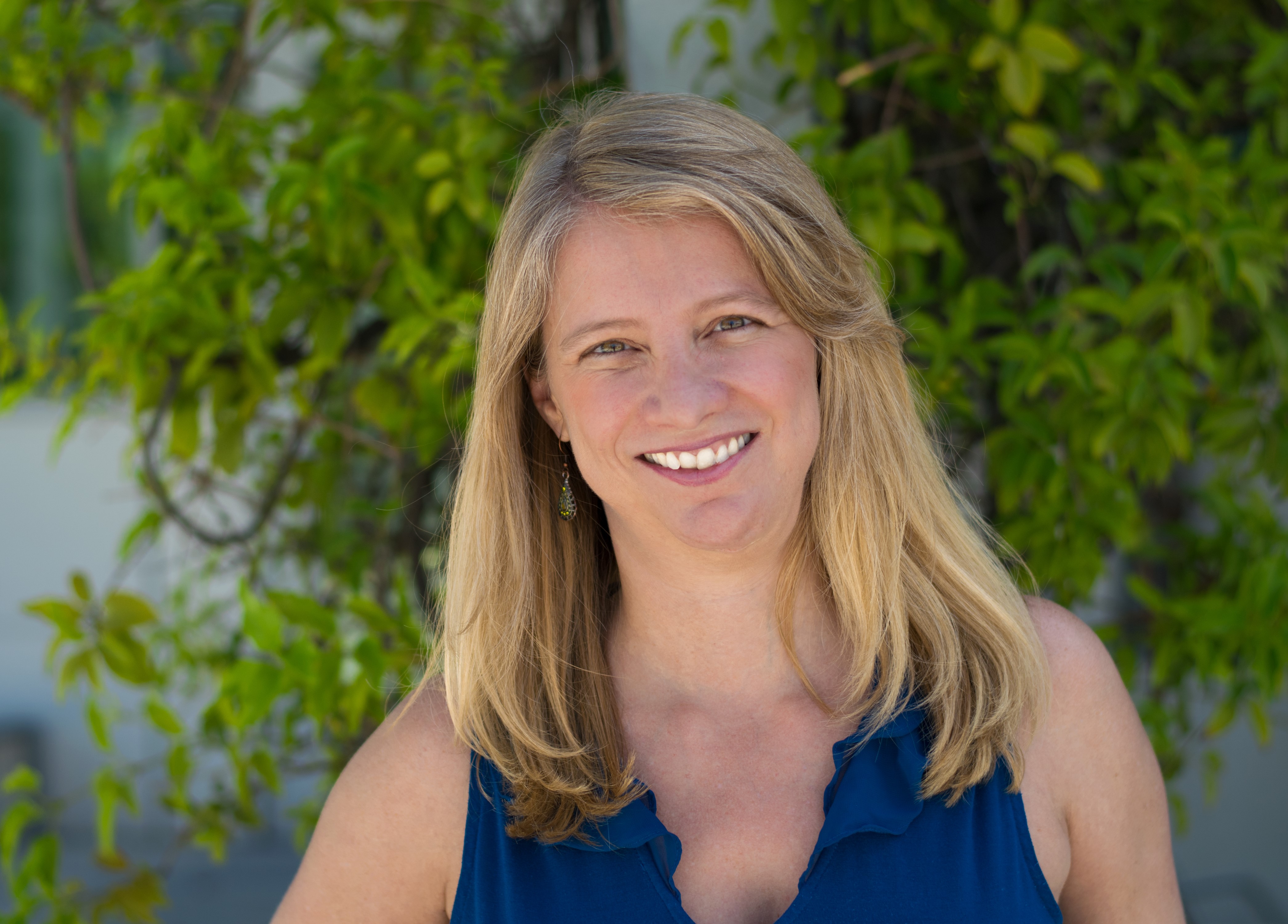Dr. Mora’s research has focused on developing new strategies for the analysis of inorganic and organic molecules by capillary electrophoresis (CE) and microchip electrophoresis (ME). She has extensive experience in design, fabrication, and implementation of microfluidic devices coupled to optical and electrochemical detection techniques. Her postdoctoral work focused on automation of microfluidic analysis of organics to enable implementation in spaceflight operational scenarios. She continued that work by developing the first portable, fully-automated, reprogrammable, and battery-powered microchip electrophoresis instrument. Her current work involves developing strategies for simultaneous analysis of inorganic ions and organic acids by ME and contactless conductivity detection as well as analysis of organic biosignatures by CE and mass spectrometry.
- Ph.D. in Chemistry, The University of Texas at San Antonio, USA (2005 – 2009).
- B.S. in Chemistry, National Univ. of Cordoba, Argentina. (1997 –2002).
Microfluidics, astrobiology, chemical analysis, biosignatures, in situ instruments
- Lab-on-a-Chip Technologist, Chemical Analysis and Life Detection Group. March 2013 to date.
- PI of PICASSO Project: Microfluidic Ion Analyzer for Astrobiology Studies 2016-2019
- Caltech Postdoctoral Scholar at JPL. March 2010 to February 2013.
- Research Scientist, UTSA. From September 2009 to February 2010.
- Research Assistant, National University of Cordoba. Argentina. From May to August 2009.
- Graduate Research Assistant, UTSA. 2007 to April 2009.
- Lew Allen Award (2019) for “excellence in the development and validation of chemical analysis methodology and electrophoresis instruments for future life detection missions.”
- JPL Voyager Award, 2016
- JPL Team Award (Proposal on Mars 2020 Instrument Opportunity), 2014
- Presidential Dissertation Fellowship, UTSA 2008.
- Robert A. Welch Fellowship, Summer Research 2005.
- Graduate Fellowship, Research Council of Argentina (CONICET) 2002-2004.
- Undergraduate Fellowship, Antorchas Foundation, Argentina 2001
- Analysis of Inorganic Cations and Amino Acids in High Salinity Samples by Capillary Electrophoresis and Conductivity Detection: Implications for in-situ Exploration of Ocean Worlds. Ferreira Santos, M. S.; Cordeiro, T. G.; Noell, A., C.; Garcia, C. D.; Mora, M. F. Electrophoresis, 2018, 39, 2890-2897.
- Stability of Chemical Reagents used for Chiral Amino Acid Analysis Under Simulated Europan Radiation Environment. Creamer, J. S.; Mora, M. F.; Willis, P. A., Electrophoresis, 2018. 39 (22), 2864-2871.
- Extraction of Amino Acids from Aerogel for Analysis by Capillary Electrophoresis. Implications for a Mission Concept to Enceladus’ Plume. Mora, M. F.; Jones, S. M.; Creamer, J. S.; Willis, P. A., Electrophoresis 2018, 39 (4), 620-625.
- Enhanced resolution of chiral amino acids with capillary electrophoresis for biosignature detection in extraterrestrial samples. Creamer, J. S.; Mora, M. F.; Willis, P. A., Analytical Chemistry, submitted 2016.
- Implementation of microchip electrophoresis instrumentation for future spaceflight missions. Willis, P. A.; Creamer, J. S.; Mora, M. F., Analytical and Bioanalytical Chemistry 2015, 407 (23), 6939-6963.
- Getting started with Open-Hardware: Development and Control of Microfluidic Devices. Tavares da Costa, E.; Mora, M. F.; Willis, P. A.; do Lago, C. L.; Jiao, H.; Garcia, C. D., Electrophoresis, 2014, 35 (16), 2370-2377.
- Microchip Nonaqueous Capillary Electrophoresis of Saturated Fatty Acids Using a New Fluorescent Dye. Cable, M. L.; Stockton, A. M.; Mora, M. F.; Hand, K. P.; Peter A. Willis, Anal. Methods, 2014, 6 (24), 9532-9535. Featured in chemistryworld.com article “Close encounters of the fatty acid kind”, July 16th, 2014.
- Low temperature microchip non-aqueous capillary electrophoresis (µNACE) of long-chain primary amines: Applications to Titan chemistry. Cable, M. L.; Stockton, A. M.; Mora, M. F.; Willis, P. A., Anal. Chem. 2013, 85, 1124−1131.
- Analysis of Thiols by Microchip Capillary Electrophoresis for In Situ Planetary Investigations. Mora, M. F.; Stockton, A. M.; Willis, P. A., Electrophoresis 2013, 34, 309–316. Featured in separationsNOW.com article “Does ET smell of garlic? A CE method for detecting thiols on alien planets”, Jan. 18th, 2013.
- Microchip Capillary Electrophoresis Instrumentation for In Situ Analysis in the Search for Extraterrestrial Life. Mora, M. F.; Stockton, A. M.; Willis, P. A., Electrophoresis 2012, 33, 2624–2638. Invited contribution to the Special Issue “Instrumentation for Capillary and Microchip Electrophoresis”
- Towards Total Automation of Microfluidics for Extraterrestial In Situ Analysis. Mora, M. F.; Greer, F. H.; Stockton, A. M.; Bryant, S.; Willis, P. A., Anal. Chem. 2011, 83 (22), 8636-8641. Featured in C&EN, Vol. 89, Number 43, p. 8. Featured in separationsNOW.com article “Automatic alien amino acid analysis: Detecting amino acids on a single microfluidic device”, Nov. 21st, 2011.
